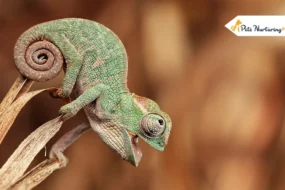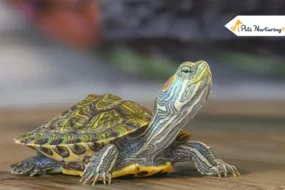
The convenience of frozen and pre-killed mice and rats for reptile owners makes them the favored source of food. They’re economical (you can usually buy them in bulk), can conveniently be stored for months at a time, are readily available at most pet stores, and are largely considered to be a much more humane way of feeding your reptile. However, reptile owners aren’t the only ones who stand to reap the benefits of feeding frozen rodents to your pet snakes. The reptiles themselves have plenty to gain from being fed a frozen food source. Here are three benefits of using them for your pet:
Prevents Injury
The biggest benefit of using frozen rodents is that they are much safer for pet reptiles. The alternative, using live rodents that are literally fighting for their lives, can be extremely dangerous. With long sharp teeth and nails, it’s quite common for reptiles to gain injuries this way and to sustain damage to their eyes and scales.
Even a relatively small mouse or rat can cause significant harm. The risks are amplified even further if the use of a live rodent for feeding goes unsupervised. It is also worth noting that the use of frozen food also saves owners from potential injury as well, who could also end up getting scratched or bitten when transferring the prey into their pet’s tank not to mention being mistaken for the food and getting bitten by your own snake.
Safer to Eat

It’s well known that animals can carry germs and bacteria that, if they come into contact with humans, have the potential to make us sick. The same can happen with your pet lizard or snake. The feeder rodents who are bred specifically to be a food source for pets are no exception. Deep freezing is a technique that can kill parasites, making your reptile’s food source safer to eat and for the owner to handle.
More Sanitary
In a similar vein as earlier, frozen versus live rodents also boasts the benefit of being more sanitary. The germs and bacteria from live prey could potentially contaminate your pet reptile’s enclosure. Since specialty feeding tongs are widely used with this food source, it further minimizes the likelihood of rodent germs coming into contact with your pet’s tank.
Why Your Reptile Won’t Eat Frozen Food
It’s not unusual to hear of a reptile owner experiencing difficulty getting their pet to accept a pre-killed rodent. Some species are notorious for stubbornly refusing to eat it. The good news is that your standard pet reptile can likely be trained to take frozen rodents, it just might take a bit of patience. Try the tips below. If those don’t work, there may be other reasons why your reptile might be refusing to eat them:
- You’re feeding them during the wrong time of the day
- The reptile is about to shed
- You’re overfeeding them; adults don’t need to eat as frequently as juveniles
- Seasonal changes and the instinct to hibernate could lower their energy level and desire to eat
- Lack of privacy. Snakes are most vulnerable when digesting food and may not feel comfortable eating without feeling safe and secure
- The enclosure is too cold and they don’t have the energy to digest food, much less strike
- The enclosure is too hot and they just want to go and hide instead of eating or they strike defensively at the prey.
Tips For Using Frozen Mice or Rats

- Never use a microwave to warm it up. While it’s essential to dethaw and warm a frozen mouse or rodent before feeding it to your pet, there is also such a thing as a wrong way to do it. Microwaves heat food unevenly and can make it so hot that it burns your pet (if it doesn’t explode in the microwave first).
- Choose appropriately sized rodents. No matter whether the prey is alive or not, it’s imperative to select a mouse or rat that is no thicker than the widest part of the snake. Use a similar approach when sizing a rodent for a pet lizard like a monitor lizard or skink.
- Enhance the scent. Chicken broth can make a pre-killed food item more appealing to a reptile. Or, if your reptile pet already has a favorite food, rubbing the frozen rodent with it can pass on its scent and make your pet more willing to give it a try.
- Using feeding forceps. This will allow your pet to strike when it feels ready. If your snake is hesitant at first, a light touch on the nose with the mouse might entice it.
- Try different colored rodents if your reptile seems unreceptive to the standard white mouse or rat. Some reptiles seem to prefer multi-colored or dark rodents to albino ones. Keep this in mind as your search for frozen rodents for sale, with online sources likely having the greatest selection.
Keep reading:











